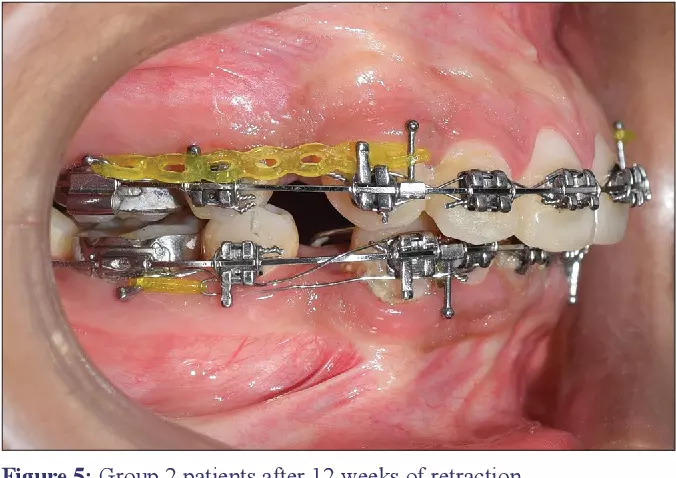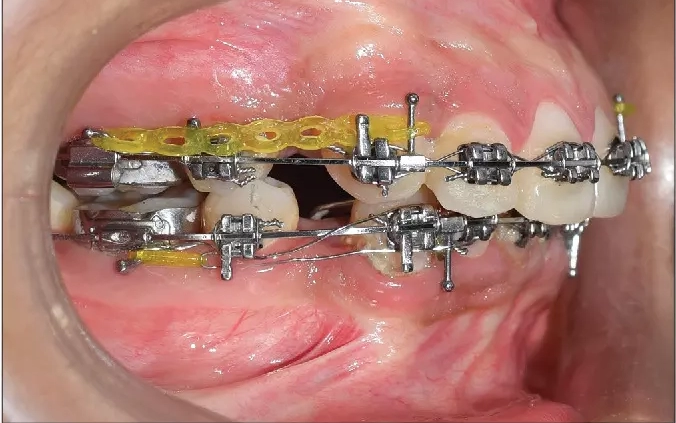Miniscrew sliding mechanics during space closure are potentially risky for unintended vertical changes

Miniscrew sliding mechanics during space closure are potentially risky for unintended vertical changes suggests a new study published in the Head & Face Medicine.
Miniscrews are a common method for controlling tooth anchorage in clinical practice. They offer advantages such as a small volume, independent patient compliance, and the provision of absolute anchorage in all three dimensions
This study aimed to investigate vertical changes in the maxillary central incisor and the maxillary first molar, along with alterations in the mandibular plane angle during space closure using miniscrew sliding mechanics.
Twenty adult patients treated at Peking University Hospital of Stomatology between 2008 and 2013 were included. Digital dental models and craniofacial cone-beam computed tomography (CBCT) scans were obtained at the start of treatment (T0) and immediately after space closure (T1). Stable miniscrews were used for superimposing maxillary digital dental models (T0 and T1), and vertical changes in the maxillary first molar and the maxillary central incisor were measured. Three-dimensional changes in the mandibular plane were assessed through CBCT superimposition.
Results
The maxillary central incisor exhibited an average extrusion of 2.56 ± 0.18 mm, while the maxillary first molar showed an average intrusion of 1.25 ± 1.11 mm with a distal movement of 0.97 ± 0.99 mm. Additionally, the mandibular plane angle decreased by an average of 0.83 ± 1.65°. All three indices exhibited statistically significant differences.
During space closure using the miniscrew sliding technique, significant changes occurred in both the sagittal and vertical dimensions of the upper dentition. This included extrusion of the maxillary central incisors, intrusion of the maxillary first molars, and a slight counterclockwise rotation of the mandibular plane.
Reference:
Su, H., Zhuang, Z., Han, B. et al. Vertical changes in the hard tissues after space closure by miniscrew sliding mechanics: a three-dimensional modality analysis. Head Face Med 19, 52 (2023). https://doi.org/10.1186/s13005-023-00388-9
Keywords:
Miniscrew, sliding, mechanics, during, space, closure, potentially, risky, unintended, vertical changes, Head & Face Medicine



